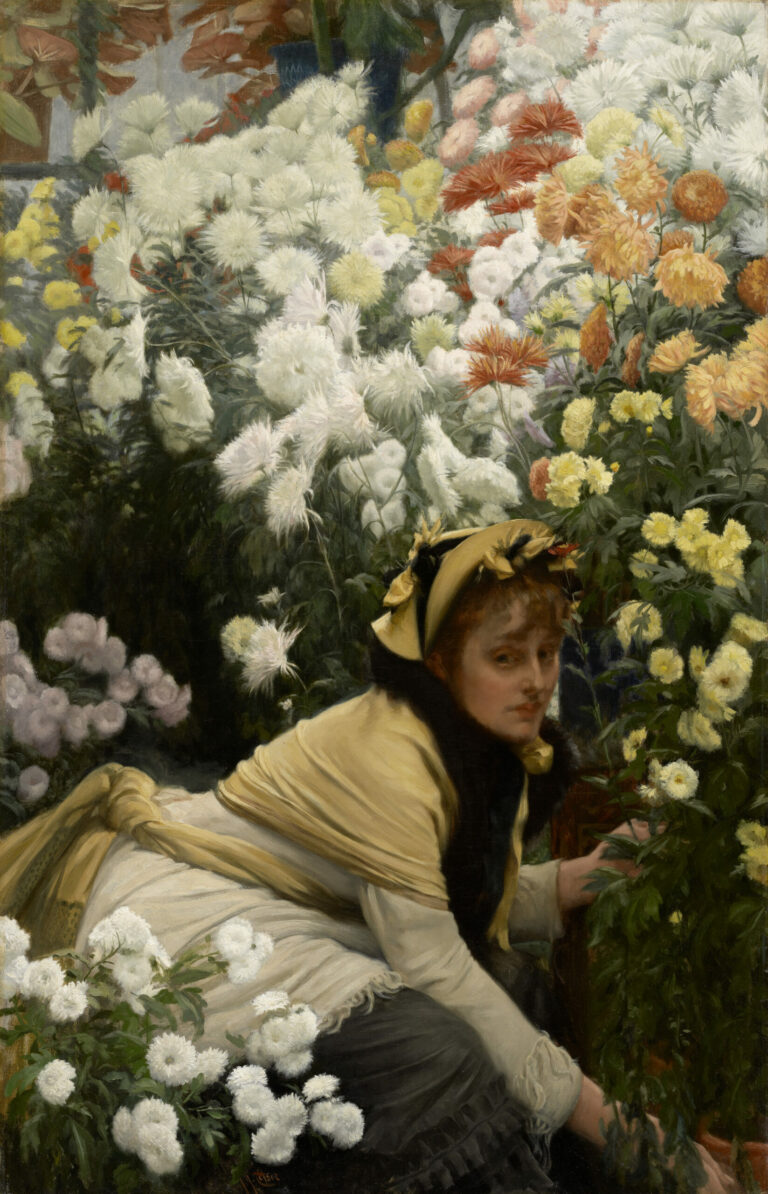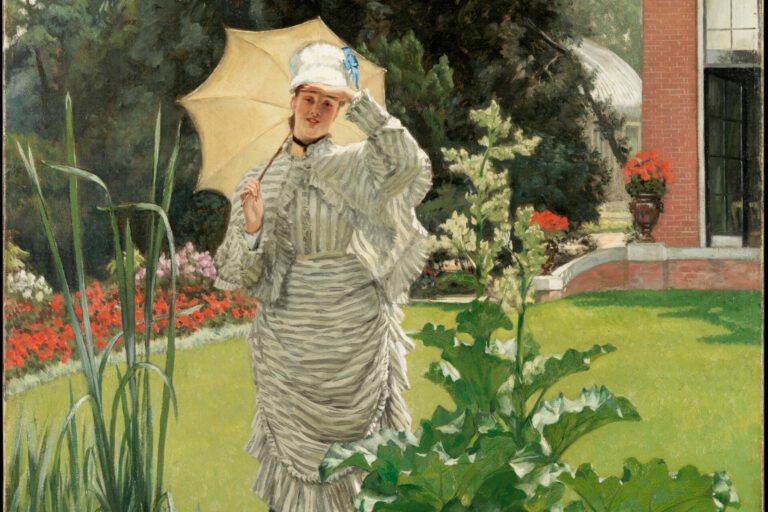Tissot
James Tissot (1836-1902) was a remarkable French painter who skillfully navigated between worldly realism and mystical spirituality. Born in Nantes to a merchant family, Jacques-Joseph Tissot adopted the anglicized name James upon settling in London in 1871, fleeing the turmoil of the Paris Commune. His early Parisian period saw him excel in genre painting, capturing with meticulous precision the elegances of Second Empire bourgeoisie, before achieving considerable success across the Channel by immortalizing Victorian society in works such as “The Ball on Shipboard” and his celebrated series depicting the modern London woman. A portraitist of high society and subtle observer of contemporary mores, Tissot masterfully rendered fabrics, parasols, and refined toilettes that characterize his elegant compositions. Following the death of his companion Kathleen Newton in 1882, he underwent a profound spiritual crisis that radically transformed his art: returning to Paris, he devoted his final years to an ambitious cycle of nearly 400 watercolors illustrating the life of Christ, the fruit of travels to the Holy Land and scrupulous archaeological documentation, bearing witness to an artistic conversion as surprising as it was sincere.


